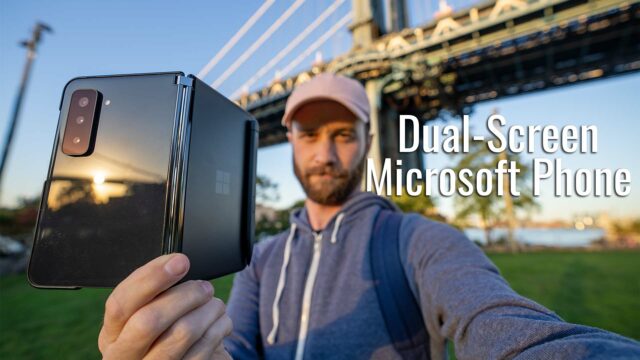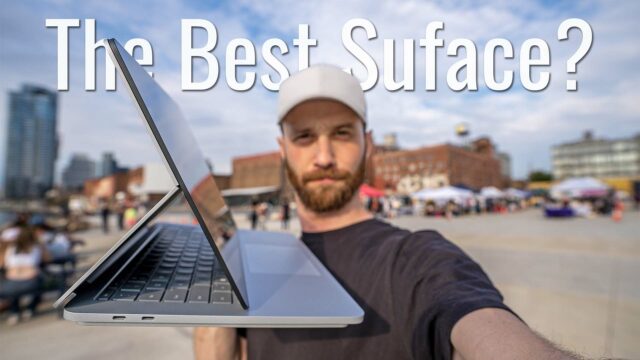How to Use Your Surface Studio as a Monitor
I love the Surface Studio. The design feels futuristic, it’s aspect ratio is great for multitasking, the hinge and pen make it a joy to use for photo editing or just sketching, etc. The issue I have with it though, is that Microsoft should maybe just have made it a monitor you could plug into instead of an all-in-one computer.
The reason I say that is because as much as I love the design, the internal components are starting to show their age. Now, in it’s defense, my video editing hardware needs have also increased drastically since it was released but regardless, if I try to edit on it (especially my 6K RAW footage) it chokes and can’t handle it. Happy to use it for other things, but it’s times like editing that I sort of wish I could just plug into it and use it as a monitor instead of having to just go back to my laptop screen.
The issue with that is that Microsoft didn’t put any sort of input port on the Surface Studio lineup.
Now, hopefully Microsoft will, in fact, do just that and make the form factor something you can plug into in the future, but for anyone who has one already and maybe wants to every now and then use it as a monitor somehow, I think I found a way. It’s a little janky admittedly but hey it does work.
1. On your Surface Studio, go to Start > Settings.

2. Go to System.

3. Click on Projecting to this PC.

4. Select the following options (you can vary them as needed based on your security but for me this was the way that worked the best):
- Available Everywhere
- Every time a connection is requested
- First Time
5. After that, take note of (or change if you want) the PC name at the bottom. We’ll need this to be able to connect to it from the other computer.

6. Now, on the computer you want to project to the Surface Studio, click on the Action Center icon at the bottom right of your screen.

7. Click Project (if it’s not there, right click any of the items and select Edit Quick Actions, click Add, then click on Project to add it).
8. Select how you want to project to the Studio (duplicate the screen, extend it, etc.)

9. Select Connect to a Wireless Display.

10. Choose the computer’s name from the list of devices when it shows.

11. The Surface Studio will show a pin code at this point. Type that into the Action Center on the computer you want to project to the Studio with.
12. After that, you’ll see your computer’s mouse on the Surface Studio’s display.

13. You can end this projection by closing out the wireless display app using the Surface Studio’s mouse or by clicking Disconnect at the top of the computer you are using’s display.
Now, honestly, what we’re doing here is wirelessly projecting to the Surface Studio and while it actually works pretty well for the most part, there will be some lag depending on your connection. Like I said, it’s a little janky, but at least it works-ish.
Let me know if this helped you or if you’re having trouble in the comments below and subscribe to my email newsletter for other tips, tricks, videos, and more.














I’ve also used RDP (Remote Desktop) to use the resources of a more powerful computer and the monitor/keyboard/mouse of the Surface Studio.
Oh that’s actually also a really good way to do it too! Thanks for sharing!
I’m having trouble getting my pen to work, mouse is working fine. Any comments